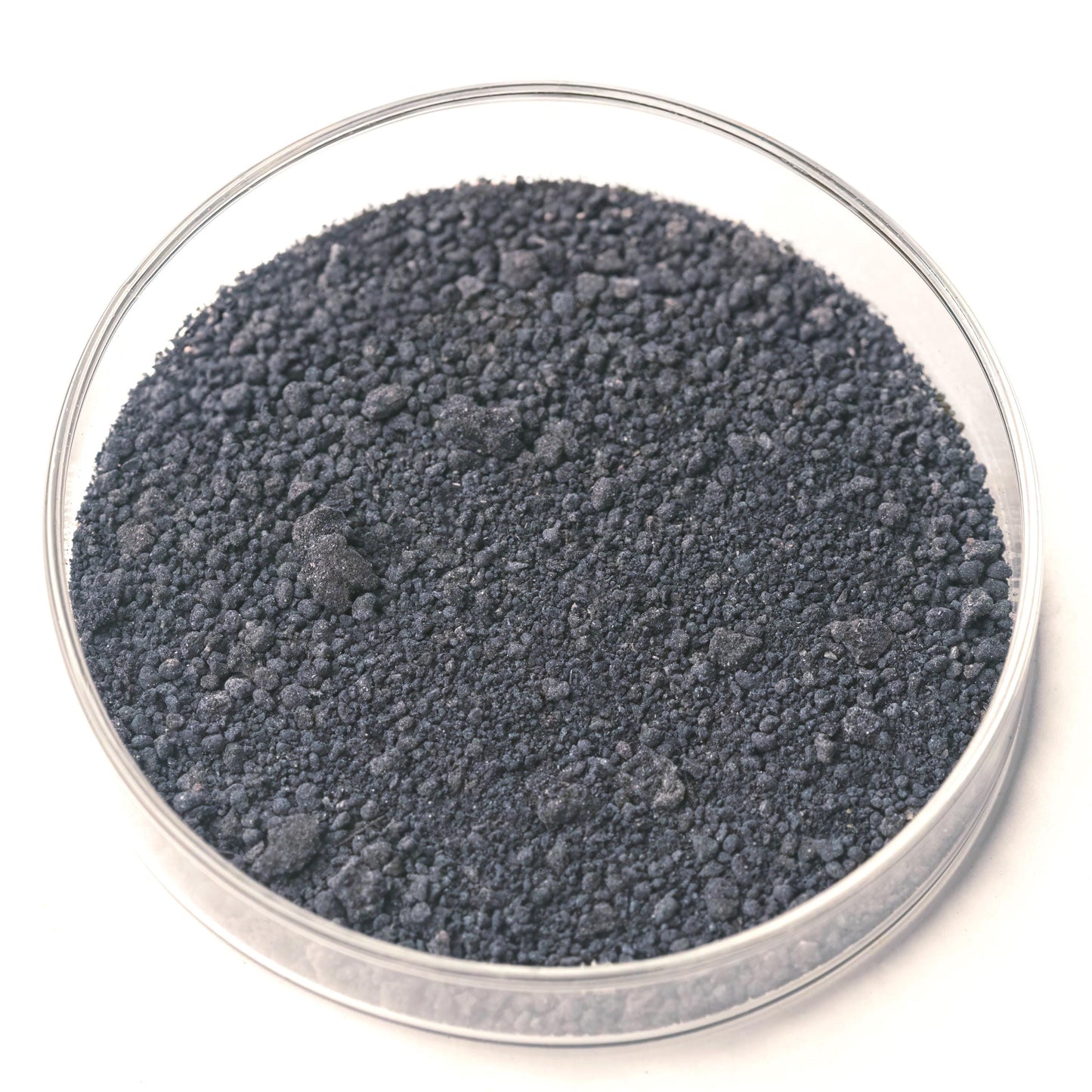Tyrian Purple
Tyrian Purple
Couldn't load pickup availability
Share

Description
Tyrian Purple is the rarest and most celebrated pigment of antiquity until today, obtained from the hypobranchial glands of the Mediterranean sea snail Murex trunculus. The pigment produces a deep violet-purple with subtle crimson undertones that can shift depending on light exposure—ranging from indigo-blue in the sun to reddish-purple indoors.
Unlike vegetable dyes or synthetic purples, Tyrian Purple has a remarkable permanence. When laked and bound as a pigment, it yields a semi-transparent to opaque color with a uniquely regal depth, long associated with imperial status, luxury, and sacred use.
This is bar none, the rarest and most important dye and pigment in all of history.
History
Tyrian Purple originated in Phoenician workshops along the Levantine coast around 1500 BCE and became one of the most coveted dyes and pigments of the ancient world (though recent evidence suggests even earlier use in Crete). Extracting it was extraordinarily labor-intensive: tens of thousands of Murex shells were required to produce even a single grams of pigment.
In Classical Greece and Rome, it was reserved for emperors, senators, and high priests, symbolizing wealth and authority. The Roman emperors codified its exclusivity—laws forbade its use by common citizens, and garments dyed with Tyrian Purple became symbols of imperial power (porphyrogenitus, “born in the purple”).
In painting, true Tyrian Purple was rare but occasionally used in manuscripts, frescoes, and ritual objects. Its extraordinary cost made it more common as a textile dye than as a painter’s pigment.
Today, authentic Tyrian Purple remains the world's most rare and prized pigment, produced in very small amounts only by the most specialized artisans and researchers reviving ancient techniques with sustainably gathered Murex trunculus.
Pigment Information
Pigment Type: Natural Organic Pigment from Marine Animal Source
Source: Hypobranchial glands of Murex trunculus (spiny dye-murex sea snail)
Primary Dye Component: 6,6’-Dibromoindigo (with related brominated indigoids)
Suitable Mediums: Oil, Watercolor, Tempera, Gouache, Manuscript Illumination
Lightfastness: Excellent
Opacity: Transparent
Other Names: Royal Purple, Imperial Purple, Phoenician Purple, Porphyra
Color Index Code: NV1

